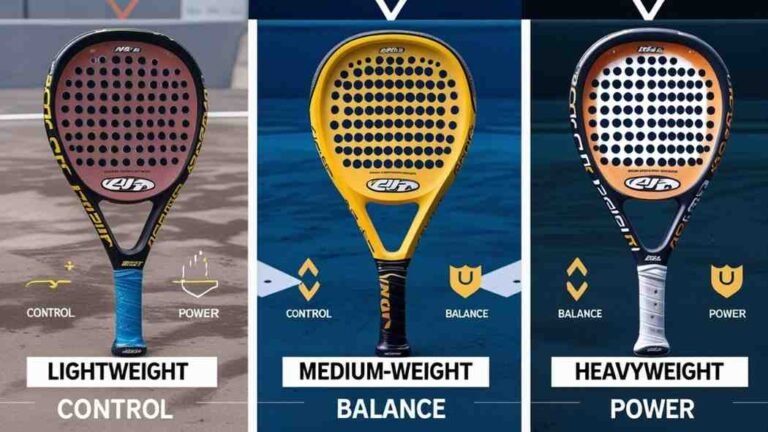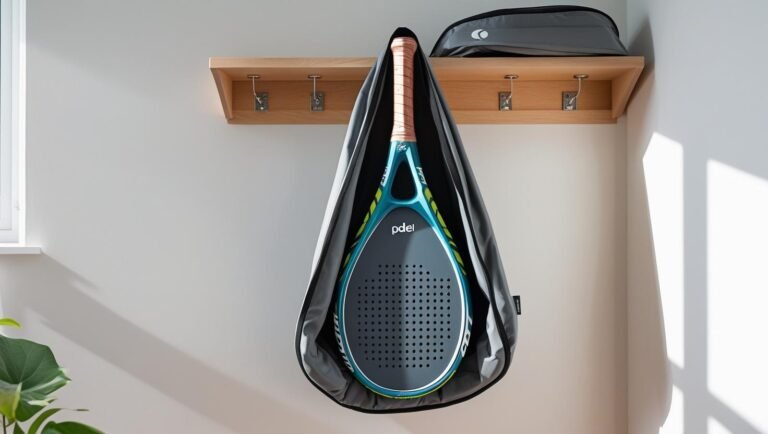Want a shortcut? Take a quiz and find your perfect Padel Racket in 30 secs.

Why Padel Rackets Have Holes – Explained for New Players 2026
Why do padel rackets have holes? This is a common question among new players who notice that padel rackets look different from traditional tennis rackets. These holes serve a purpose beyond design. They are essential in enhancing performance, improving aerodynamics, and optimizing control during gameplay.
The strategic placement of holes affects how the racket moves through the air, the amount of spin a player can generate, and how the ball reacts upon impact. Some rackets have fewer holes, while others have more, resulting in distinct playing experiences, and understanding why hole distribution matters will help you make a better choice when selecting a Padel racket.
In this guide, we’ll break down the science behind the holes, their impact on performance, and whether a racket with more or fewer holes suits your playing style.
The Science Behind the Holes – How It Improves Aerodynamics
Padel rackets are designed with strategically placed holes to reduce air resistance, making the racket easier to swing. Without these holes, the racket would feel heavier and slower, making it harder to react quickly during fast-paced rallies.
When a player swings the racket, air flows through the holes, reducing drag and allowing for a smoother, more controlled motion. This aerodynamic advantage makes it easier to generate speed and power without extra strain on the wrist or arm.
The size and placement of the holes also influence how the ball responds upon impact. A well-designed hole pattern helps distribute force evenly across the racket face, ensuring a more stable hit with better precision and control.

Impact on Performance (Spin, Control, Power)
How Do the Holes Affect Spin?
The holes in a padel racket create less air resistance, allowing players to swing faster and generate more spin on the ball. When hitting with a slice or topspin, the racket moves more smoothly through the air, enhancing the ball’s spin effect. This is especially useful for players who like to add curve to their shots or make the ball bounce unpredictably for opponents.
How Do the Holes Improve Control?
A well-balanced hole pattern ensures that force is evenly distributed across the racket face. This reduces vibrations, making the racket feel more stable when hitting the ball. Rackets with a more prominent sweet spot and well-placed holes help players place their shots more accurately, making defensive and placement shots easier.
How Do the Holes Influence Power?
The hole distribution also impacts how much power a racket can generate. A denser hole pattern in the center of the racket face absorbs more energy, making it ideal for controlled, accurate shots. On the other hand, a racket with larger holes closer to the edges allows for more substantial ball impact, which benefits aggressive players who rely on smashes and power shots.
Comparison: Rackets with More vs. Fewer Holes
Rackets with More Holes – Enhanced Maneuverability & Control
Padel rackets with more holes tend to be lighter and easier to handle. The increased airflow reduces drag, making the racket move faster through the air. This design helps players rely on quick reactions, finesse shots, and controlled gameplay.
✔ Best for: Defensive players and those who prefer precision
✔ Key Benefits:
- Faster swings with less resistance
- Better maneuverability for quick net play
- Easier to control for accurate placement
Rackets with Fewer Holes – Added Power & Stability
Padel rackets with fewer holes retain more mass in the hitting surface, making them stiffer and more powerful. These rackets absorb more energy on impact, allowing players to hit stronger smashes and volleys.
✔ Best for: Aggressive players who rely on power
✔ Key Benefits:
- Increased racket stability for firm, controlled shots
- More power for smashes and aggressive play
- Reduces vibrations, making it more comfortable for harder hits
Which One Should You Choose?
A racket with more holes is an excellent choice if you prioritize speed, control, and easy maneuverability. If you need powerful shots and extra stability, a racket with fewer holes will better suit your playing style.
Conclusion & Best Rackets with Optimal Hole Distribution
The holes in padel rackets are not just for design—they play a crucial role in aerodynamics, control, spin, and power. They reduce air resistance, making swings faster and more efficient. A well-placed hole pattern also ensures better shot precision, enabling players to optimize their performance according to their playing style.
If you prioritize control and maneuverability, choose a racket with more holes. If you need more power and stability, a racket with fewer holes better suits your game.
Best Padel Rackets with Optimal Hole Distribution
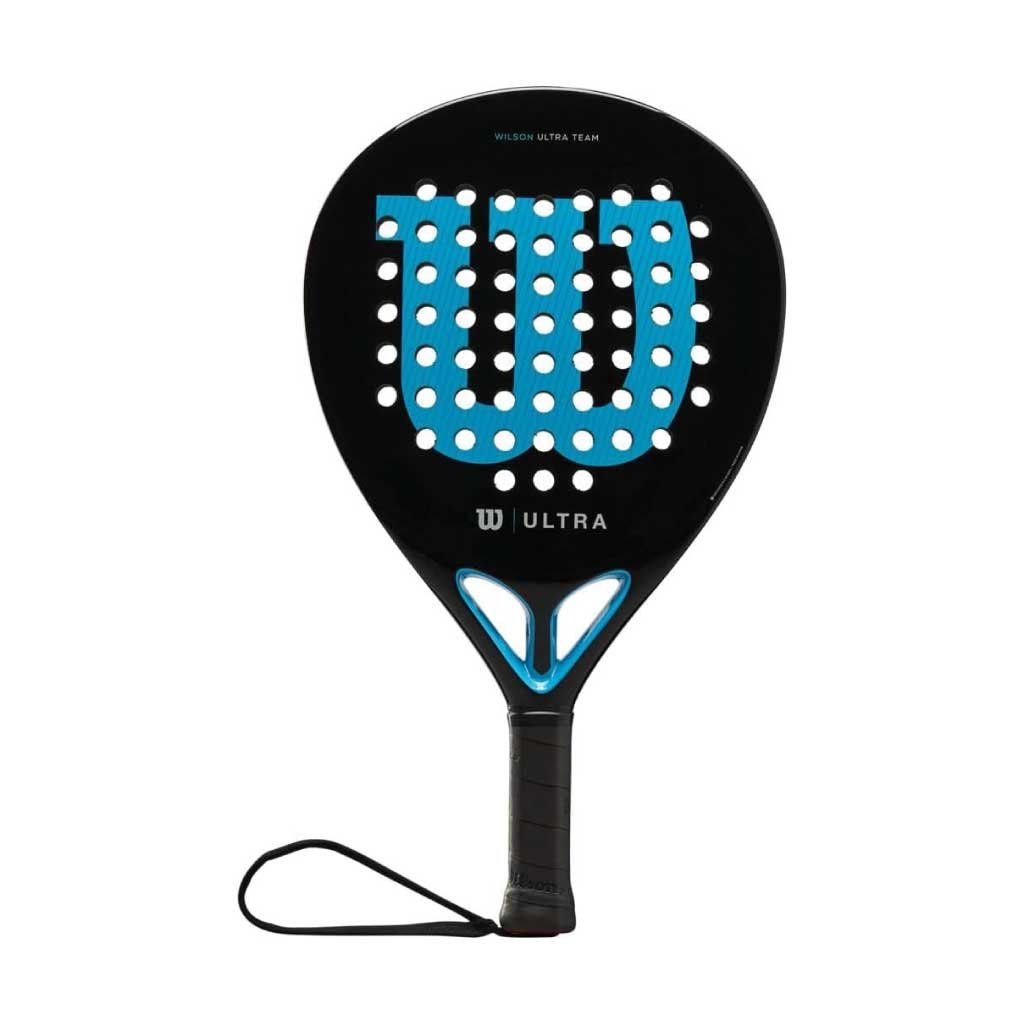
Wilson Ultra Team V2 Padel Racket Control Power
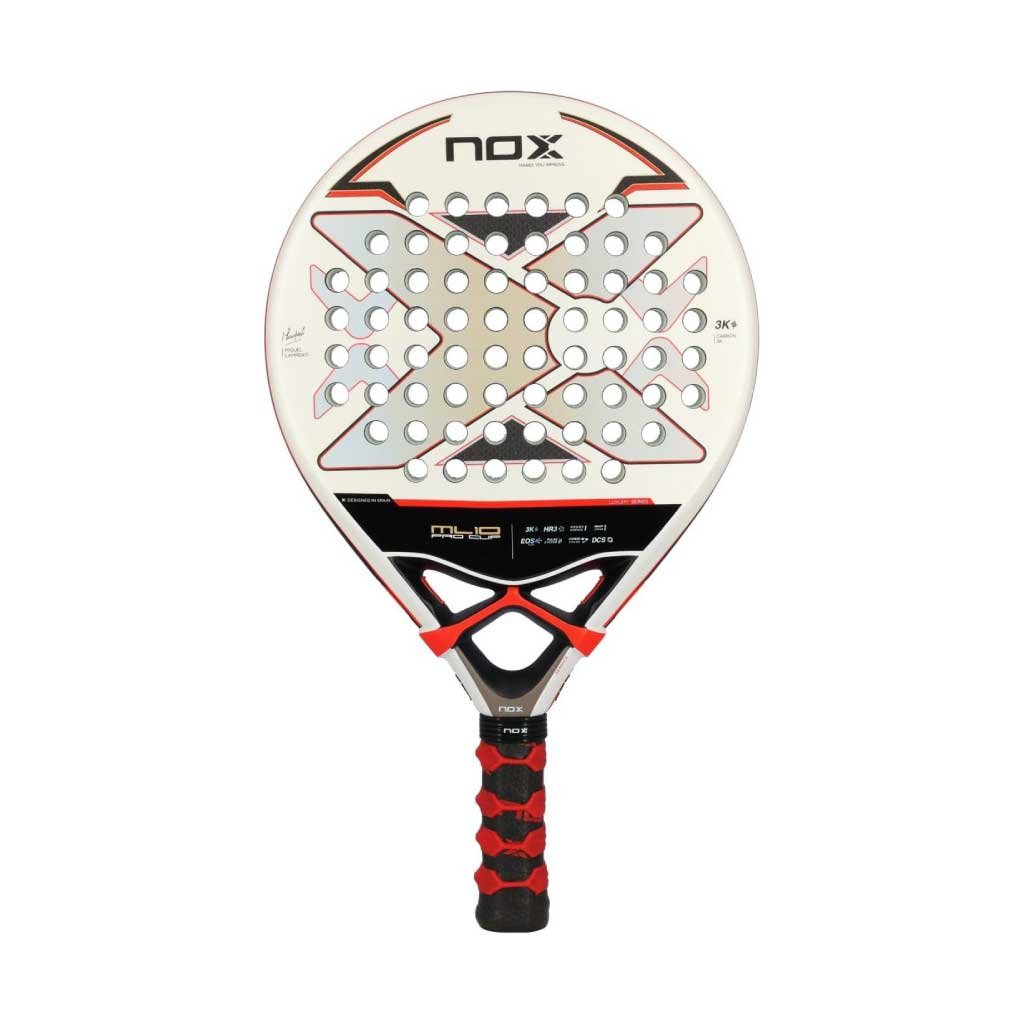
Nox ML10 Pro Cup Luxury Series 2024 – Hybrid Control Padel Racket by Miguel Lamperti
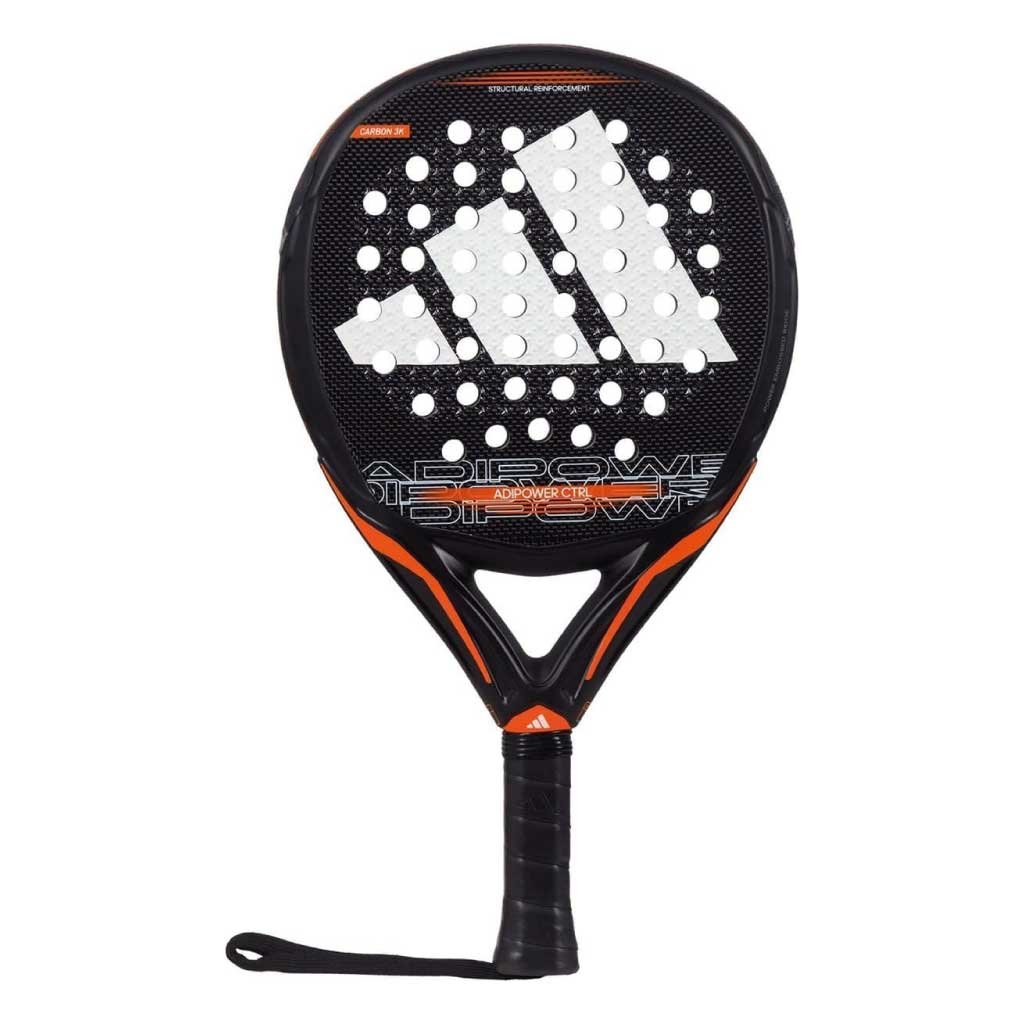
Adidas Adipower Ctrl 3.3 Padel Racket Control Focused
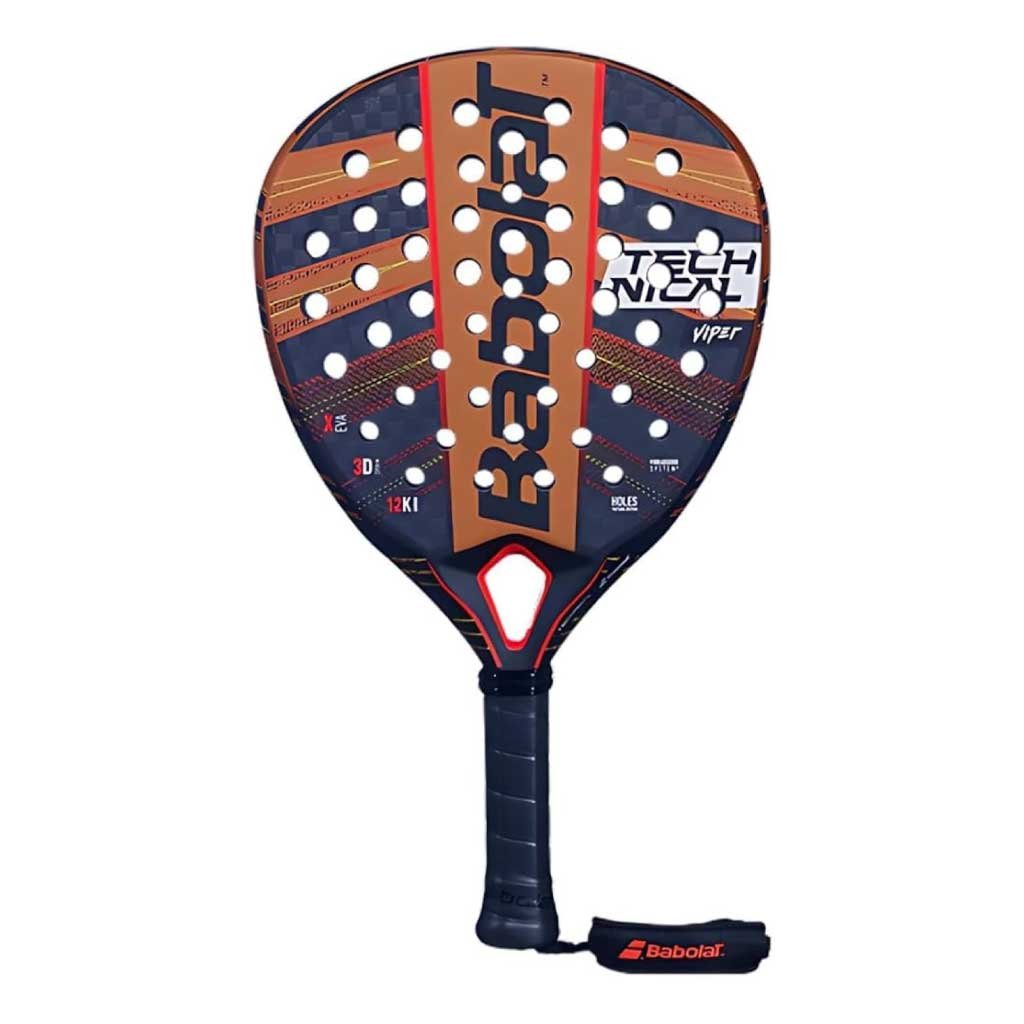
Babolat Technical Viper 2024 Padel Racket Power Spin
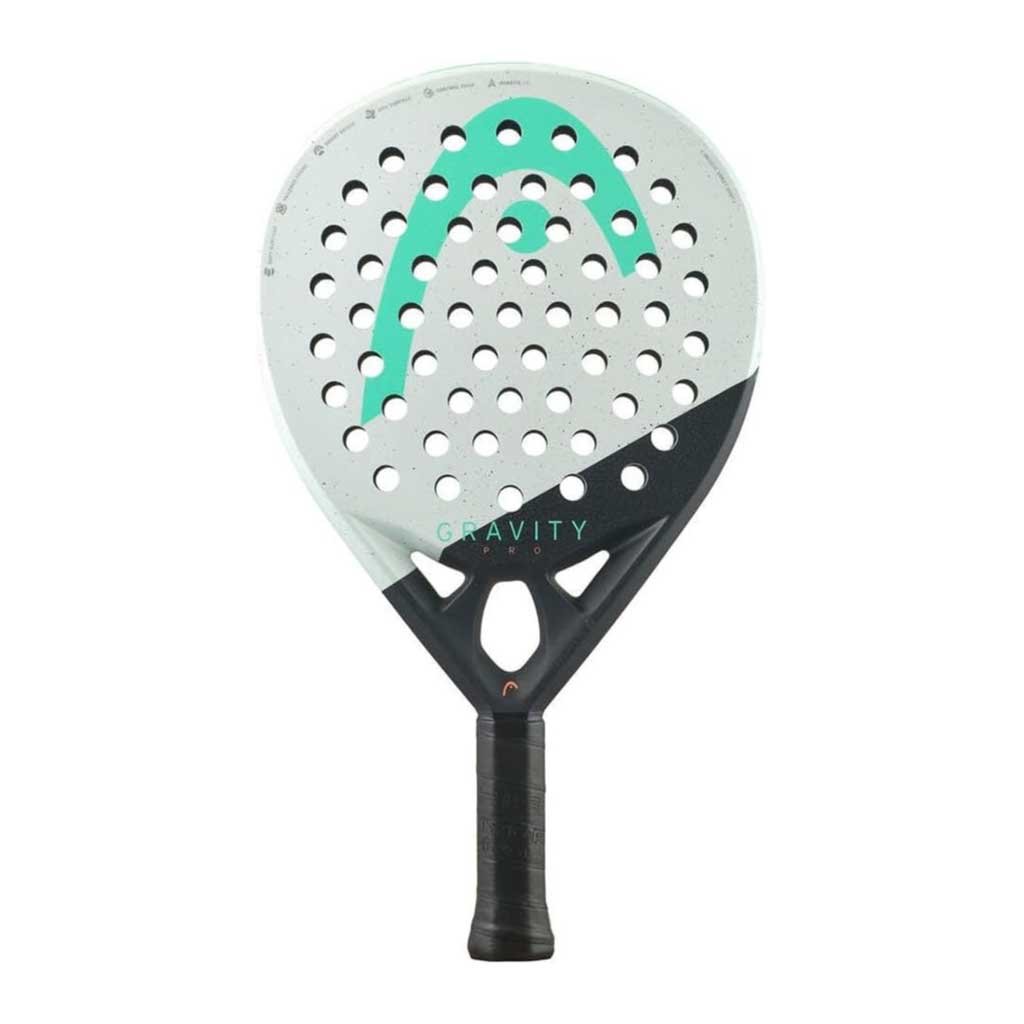
HEAD Gravity Pro Padel Racket 2024 Control Play
Ready for More? You’ll Love This Insight too
- Adidas vs Wilson: Which Padel Racket Brand is Better?
- Best Padel Rackets for Power Players
- Best Padel Racket Accessories
- How Long Does a Padel Racket Last?
- How to Grip a Padel Racket Correctly
- How to Replace the Grip on a Padel Racket
- How to Maintain Your Padel Racket for Maximum Longevity
- Can You Use a Tennis Racket for Padel?
FAQs
The holes in padel rackets reduce air resistance, making swings faster and smoother. Depending on how the holes are distributed, this helps players generate more spin, better control, and improved power. A racket with more holes increases maneuverability and precision, while a racket with fewer holes provides greater power and stability for smashes.
The hole pattern in a padel racket is carefully designed to balance weight, aerodynamics, and energy transfer. Some rackets have larger holes for better air circulation, while others have smaller, more concentrated holes to increase the racket’s structural strength. The hole pattern affects the racket’s feelings during swings, influencing control and power.
A racket with more holes is typically lighter and easier to control, making it ideal for quick reflex shots and defensive players. A racket with fewer holes provides more mass on impact, helping aggressive players generate extra power. Neither is strictly “better,” but the right choice depends on your playing style.
Yes, hole placement impacts spin by allowing better air flow through the racket. Rackets designed for topspin and slice shots have strategically positioned holes that help grip the ball better upon impact. This gives players more control over shot trajectory and ball movement.
